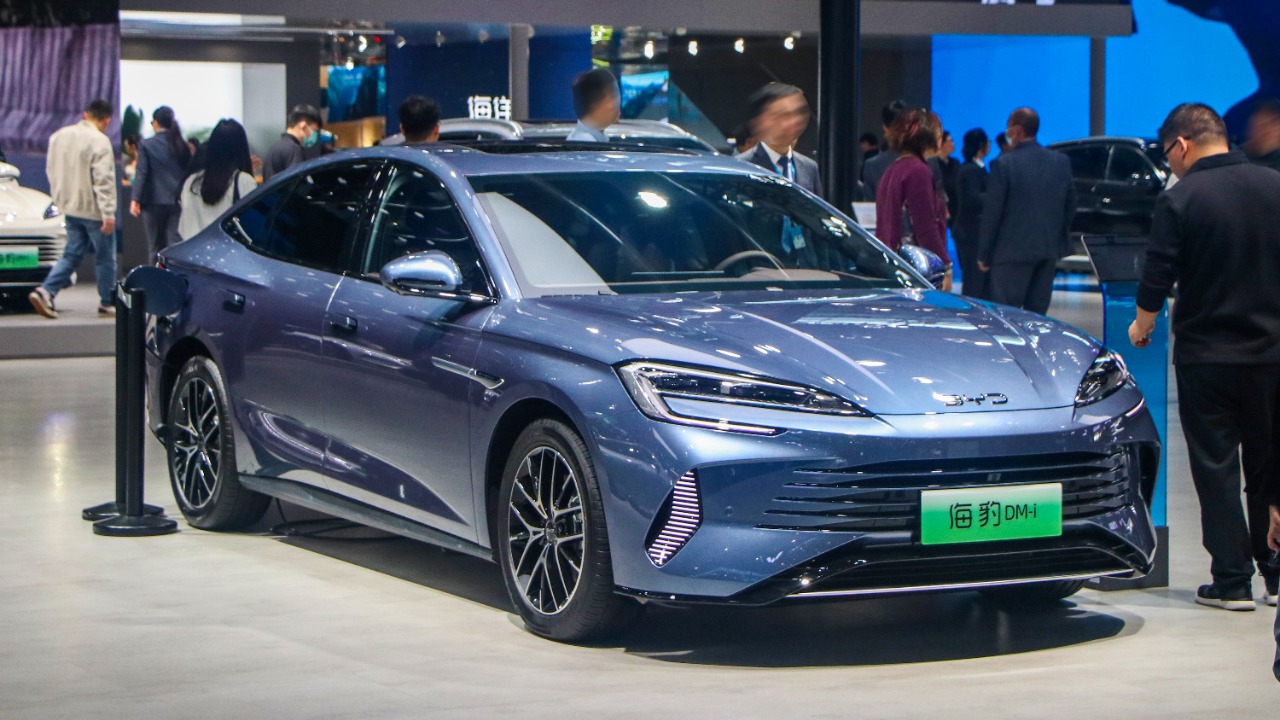
General Motors CEO Mary Barra has recently highlighted an ‘over capacity’ in China’s electric vehicle (EV) market, a situation that is intensifying the ongoing EV price war and impacting GM’s operations. This comes as the company is considering reducing its exposure to China, a move discussed by Barra in late 2024. Amid these challenges, Barra has also expressed a willingness to increase gas vehicle production if EV demand drops, while navigating a massive $35 billion investment in EVs in the current U.S. political climate.
Barra’s Assessment of China’s EV Overcapacity
On October 23, 2025, Mary Barra drew attention to the ‘over capacity’ in China’s EV market, indicating a surplus of production compared to the current demand. This overcapacity issue is closely linked to an EV price war in China, which is putting pressure on the profit margins of global companies like General Motors. Barra’s comments suggest that this overcapacity is a significant factor in GM’s ongoing strategic reassessment of its operations in China.
Impact of the EV Price War on GM
The EV price war in China, highlighted by Barra, is exacerbating the overcapacity issue by encouraging aggressive discounting among competitors. This competitive environment directly affects General Motors, influencing its market share and profitability in the region. Barra’s comments tie the price war to the broader issue of overcapacity, indicating potential shifts in GM’s investment priorities.
GM’s Strategy for Reducing China Exposure
In response to the geopolitical and market risks associated with overcapacity and trade tensions, GM is considering scaling back its operations in China, as discussed by Barra in October 2024. This strategy aims to protect GM from overreliance on the Chinese market. Barra’s emphasis on diversification indicates a strategic shift towards reducing the company’s exposure to market volatility in China.
Navigating EV Politics in the U.S.
Barra has also addressed the politics of EVs, highlighting the regulatory and policy challenges that GM faces in its electrification efforts. In the context of the current U.S. political climate, these challenges intersect with GM’s ambitious $35 billion investment in EVs, announced in April 2025. Barra’s insights reveal how shifts in U.S. politics could alter incentives for EV adoption and production.
Future Prospects for Autonomous Vehicles at GM
Autonomous vehicles (AVs) are a key part of GM’s strategy, complementing its focus on EVs. Barra outlined the future of AVs in October 2024, tying AV development to broader electrification goals. However, market overcapacity in China presents challenges for this aspect of GM’s strategy. Despite these short-term pressures, Barra’s vision positions AVs as a potential area for long-term growth.
GM’s Flexibility on Gas Vehicles Amid EV Uncertainty
Barra has also shown flexibility in response to potential fluctuations in EV demand. In January 2025, she stated that GM would ‘happily’ ramp up gas vehicle production if EV demand lessens. This approach allows GM to adapt to global market changes, such as China’s EV overcapacity. Barra’s comments underscore a pragmatic balance between GM’s commitment to EVs and the continued relevance of traditional powertrains.
Challenges of GM’s $35 Billion EV Investment
Barra faces the challenge of making GM’s $35 billion EV investment work in the current U.S. political climate. This investment is subject to headwinds from international issues, including China’s EV overcapacity and the ongoing price war. Barra’s leadership focuses on aligning this significant investment with evolving U.S. policies and market realities, demonstrating a strategic approach to navigating these complex challenges.
More from MorningOverview